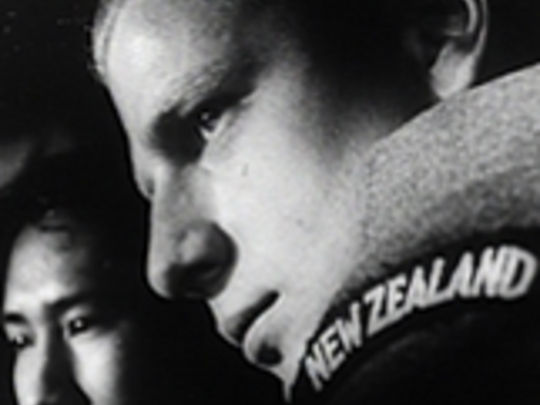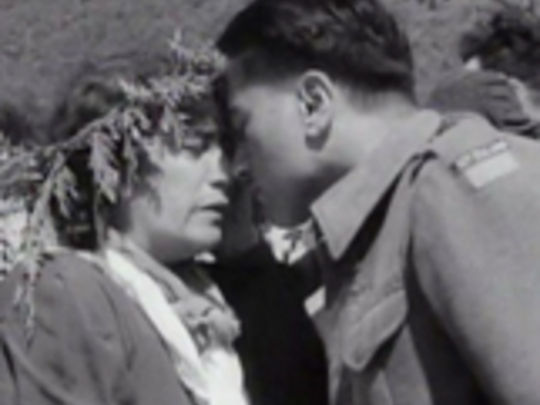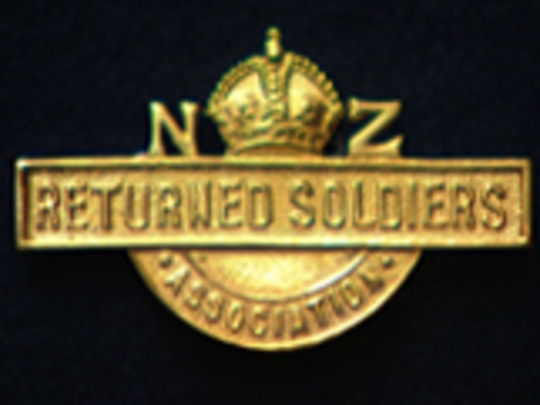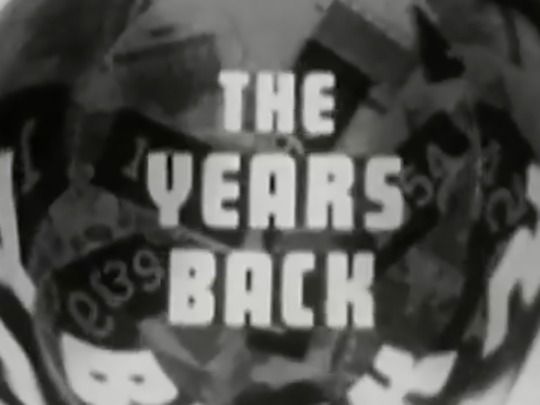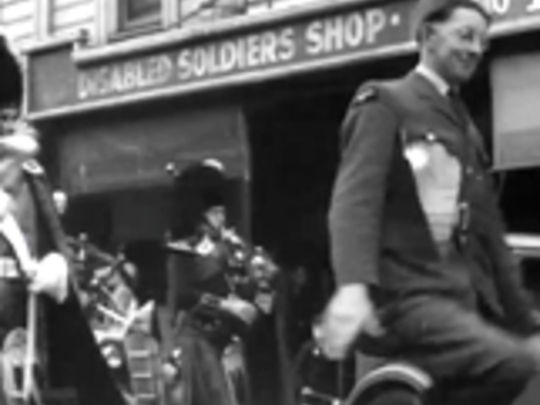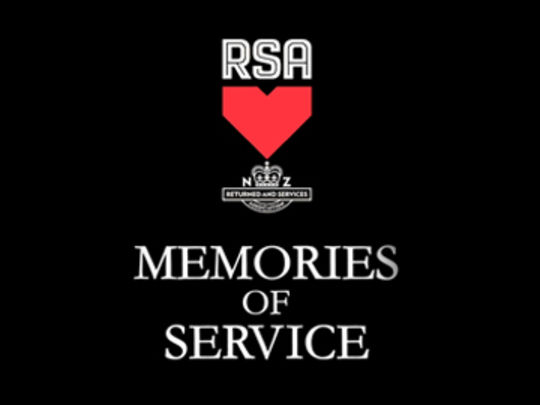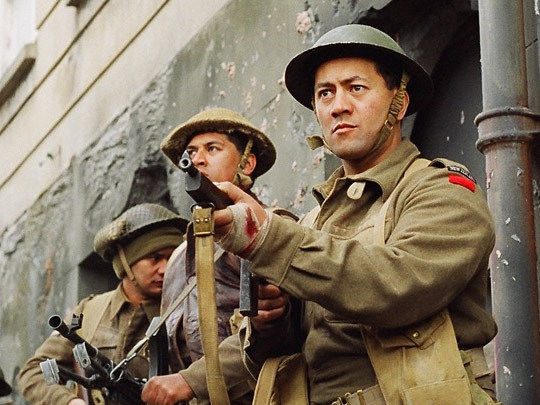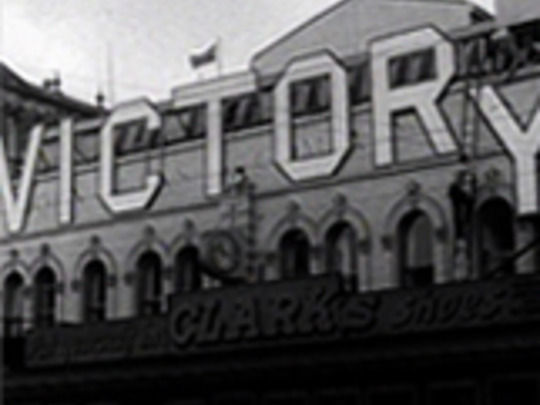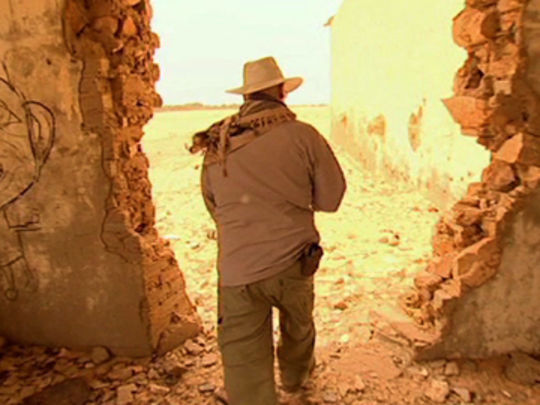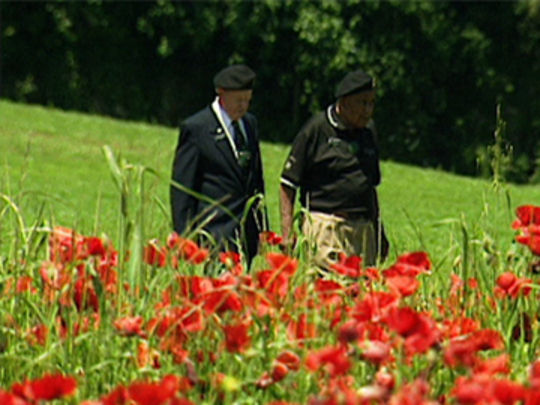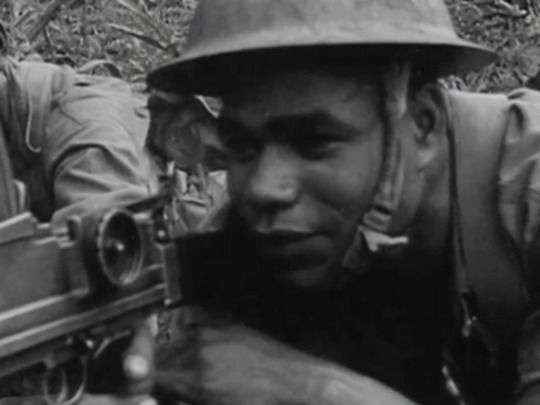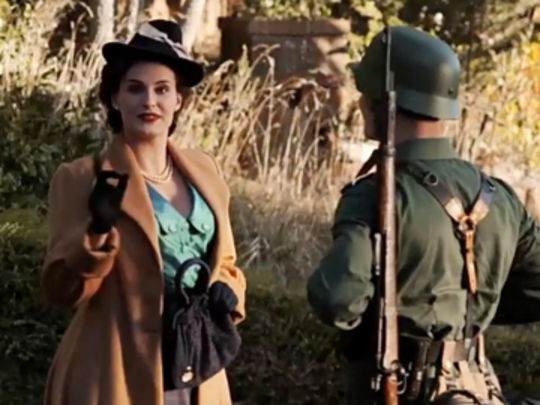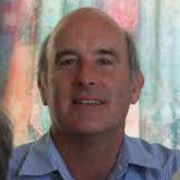The World War II Collection
Behind the Camera at the Front — How World War ll was Captured on Film by New Zealanders
"This time the story is about us" ran the tagline for 1983 feature documentary War Years. The film gave New Zealand's war cameramen the first on-screen acknowledgment of their work behind the camera at the battlefront. Named as filming in the Middle East were Ron McIntyre, Mervyn Elias and Stan Wemyss; in Italy, Roger Mirams; and in the Pacific, Stan Wemyss, Bert Bridgman, Frank Dyer and Harold Paton. Omitted were John Duncan, who also filmed in Italy, and the last of the war correspondent cameramen to be discharged, Lee Hill — whose film of the repatriation of Kiwi prisoners of war from Germany took up a full Weekly Review. After four years as a prisoner of war in Italy and Germany, Hill was pleased to film the closing days of war in Europe. Others couldn't wait to get back home to New Zealand.
Signing up for war service in 1940 with years of filmmaking behind him, Lee Hill offered his services as a front line cameraman. He was turned down. The Army Department had earlier sought "to equip and send overseas a cinema unit", but War Cabinet approval came only after months of delay. Appointed to staff the new Cinema Unit were two cameramen from the Government Film Studios in Miramar, Wellington: Ron McIntyre and Mervyn Elias. Coincidentally all three took the same ship to the Middle East, arriving in March 1941.
Eighteen months had elapsed since the declaration of war; a further four months would pass before the first film from the Cinema Unit hit New Zealand's movie screens. Earlier, some film of New Zealanders at war had featured in newsreel items filmed by Government Film Studios cameramen McIntyre, Elias, Bridgman and Charlie Barton. Barton had served as 'Official Kinematographer' at the end of World War l, New Zealand being even slower off the mark in filming its forces in that conflict. For Elias, previously a stills photographer, this newsreel work provided training for what was to come.
The work of the Cinema Unit in the Middle East is outlined in my profile of Ron McIntyre. Elias had the misfortune to lose what was probably his best footage, when the film he shot of a German raid on the NZ Division's headquarters near Sidi Rezegh during the Libyan campaign went down in a torpedoed ship. Much other footage did get through — back to Cairo, where it screened to Kiwi soldiers at the front, and back to the studios in Miramar, where the weekly newsreels of the newly-formed National Film Unit could present it to audiences in New Zealand.
The war effort back on the home front was also covered in NFU newsreels and documentaries. Behind the cameras were Bert Bridgman, Charlie Barton, Arnold Townsend, and, newly transferred from the Miramar studios' Art Branch, Stan Wemyss. Later Earl Bailey joined the camera staff. Occasionally James Harris assisted with filming. Rudall Hayward, equipped to film silent or with sound, became the NFU's man in Auckland.
Even on the home front there were problems to be overcome. Petrol rationing affected travel around town and beyond. NFU producer Stanhope Andrews had to establish good relations with the army, navy and air force to avoid delays obtaining permission to film.
On Japan entering the war, the fledgling NFU displayed its ability to inform New Zealanders (and reassure them) with the quickly-made New Zealand is Ready. Kiwi forces were sent to the Pacific — another front to be filmed. Andrews and Bridgman travelled to Guadalcanal where American forces had stopped the Japanese advance. They returned with sufficient material to make several short items, a full Weekly Review and a documentary. Having a cameraman stationed permanently with the forces in the Pacific was beyond the NFU's resources, but Bridgman returned to the islands with the help of the Royal NZ Air Force to document operations there.
Meanwhile Stan Wemyss was sent to the Middle East, with the intention of relieving McIntyre and Elias. His status as a civilian, together with being declared medically unfit for front line duties, saw his filming activities restricted. He returned home after five months, and McIntyre and Elias carried on as before, filming the New Zealand forces as they moved to Italy and advanced north through Cassino and Rome to Florence.
Harold Paton, a photographer who'd served in the Middle East, undertook a trip to the Pacific for the NFU, filming on Vella Lavella and New Caledonia, where he got ill. Frank Dyer's career as a cameraman in the Pacific ended before it began, due to an adverse vaccination reaction; Stan Wemyss, despite his earlier medical assessment, now got his chance to film at the battlefront when he was sent to Bougainville.
Over Easter weekend of 1944 Wemyss went into action with Fijian and American forces, obtaining what proved to be the most sensational of all film taken by New Zealand cameramen in combat conditions. It was footage worthy of a special edition of Weekly Review, running twice the usual length. The film introduced audiences to the cameraman's report or 'dope sheet' (a written description of scenes filmed) — and demonstrated the challenges of filming under enemy fire.
In late 1944 McIntyre and Elias were relieved and returned to New Zealand, to be replaced by John Duncan and Roger Mirams. Duncan had experience of filming on 16mm for the Public Works Department, and proved to be a competent cameraman. Mirams brought more enthusiasm to the role, with experience of amateur filming as a schoolboy hobby. Many of the stories he now filmed went beyond simple reportage. They had elements of humour (as in Xmas in Italy), and dramatic tension (as in Danger in Trieste).
Of the last story Mirams filmed before returning to New Zealand, Cairo Memories, he recalled being unable to persuade any Kiwi soldiers to play a small part in a scene illustrating a notorious quarter of Cairo. "I had to have that shot, so I collared a couple of MPs, tousled my hair and got a bloke to turn the film while I was being escorted by a couple of hefty policemen. I think it came out quite well". In a later cameo, Mirams played the confused pie cart customer in rehabilitation film Civvy Street.
For the returning cameramen, rehabilitation took different forms. Duncan went back to the Public Works Department, and Paton resumed his job as a press photographer. McIntyre and Elias set themselves up as independent filmmakers, while Mirams joined Wemyss and Bridgman as full-time NFU cameramen. In establishing the independent Pacific Film Unit in 1948, Mirams could not get a rehabilitation loan from the government. Lee Hill, on his return, obtained a rehab loan to set up Apex Films, working briefly with McIntyre and Elias. He later set up Television Films, and was joined by Wemyss in 1950.
Our war correspondent cameramen have left us a legacy of footage of New Zealanders at war, that continues to inform later generations. An early re-use of the footage was in 1946's Weekly Review No. 249 – New Zealand and World War ll. The most significant compilation of wartime items was 1983 feature War Years, which, following a theatrical release, screened on television and was popular on home video. In 1973 TV series The Years Back, seven of the 13 episodes dealt with the war, such was the richness of this resource (the full series can be viewed on NZ On Screen). Since then, many other made-for-television documentaries have drawn from this valued and respected asset.
- Clive Sowry worked at government filmmaking organisation the National Film Unit for 14 years, nine of them as the unit's archivist. He has written about the unit and early NZ filmmakers for NZ On Screen and others.
